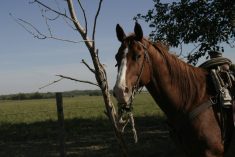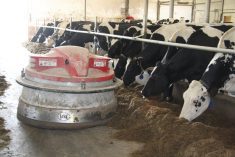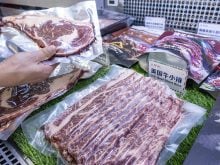CHARLOTTE, N.C. – An intensive study of the New York watershed area shows strains of giardia and cryptosporidium everywhere.
New York City wanted information on its watershed to identify the levels of giardia and cryptosporidium parvum and muris.
“All three of these parasites are present in our study population,” said Susan Wade of Cornell University. She reported the university’s findings to an animal health committee meeting during the National Cattlemen’s Beef Association annual convention held here recently.
The Cornell research team looked for strains of pathogens shed by humans and animals. The human strain only infects humans. The strain found in cattle can infect cattle and humans but can’t cross over easily, she said.
Read Also

Manitoba extends Crown land rent freeze
Manitoba government links the continued rental rate freeze on grazing and forage leases to economic and environmental challenges facing the industry
But if these organisms enter the water system, they can cause serious gastrointestinal illness.
The study involved 212 herds of dairy cattle. The average herd size was 88 cows.
The farms were checked at random on a seasonal basis. Researchers collected 3,000 fecal samples.
They found giardia on 76 farms and cryptosporidium parvum on 42 farms. No parasites were found on 28 farms. Older animals shed parasites less frequently than young animals. The highest levels of parasites were found among animals less than 30 days old.
No traces of giardia were found on farms where there were no young animals, said Wade.
Cryptosporidium muris was detected in less than two percent of the tested herds and was most common among animals 51 days to adult age.
The study found some risk factors can be eliminated through better farm management. Maternity management, disposal of bedding, calf care before and after weaning and general animal health all have an effect.
Weaned calves bedded on sand, newspaper or sawdust had a higher rate of giardia shedding. Farms that use straw and clean out soiled bedding daily had no problems.
Cryptosporidium parvum in calves decreased when soiled bedding was removed daily. New cases of cryptosporidium muris may appear among newborns or when new animals are introduced to a herd.















